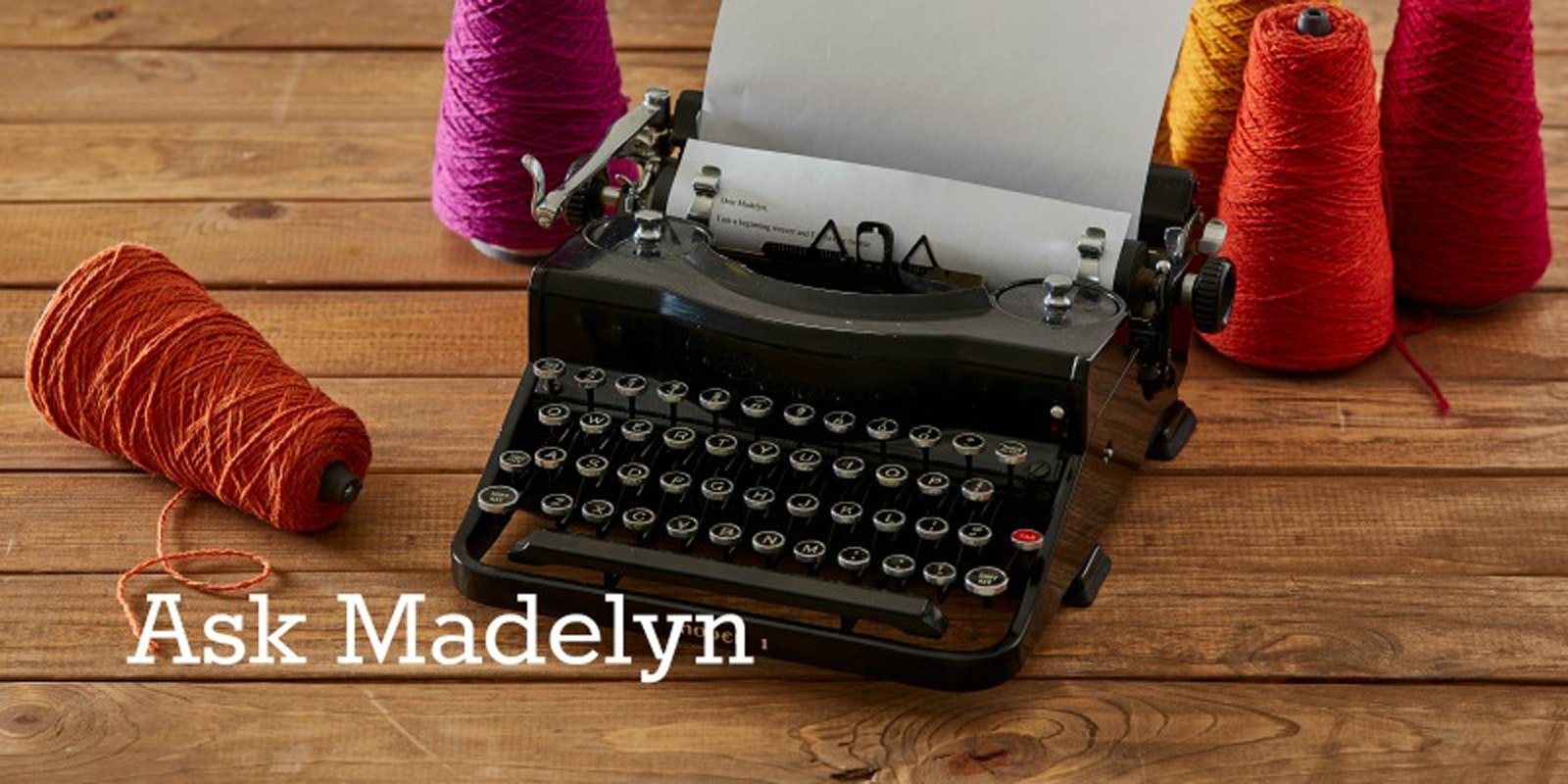
Sotis Cloth from Handwoven March/April 2013.
I am winding a warp for the Sotis Cloth table runner from *Handwoven* March/April 2013 (pages 30–31). Is there any way to wind this warp besides tying on one color to the other at each color change (there are three colors in this warp)? I can see that doing it this way will be a slow go. I have looked through all my weaving books for a reference to this issue but don’t see one. Thanks for any help you can offer. —Susan
Hi Susan!
If you warp front to back, you can sometimes wind a warp with each color as a separate warp chain and then sley each chain separately, putting the threads of each color where they need to go in the reed. This only works for sleying orders that make it possible to figure out where each color goes in the reed, however. Since in this draft, there are places where 3 ends of a color are threaded and the sleying order is 4/dent, figuring out where to sley the colors separately would probably be a nightmare.
So, I'd wind the colors in the designated order as a single chain. But I never cut and tie as I change colors. Just wind the ending thread 4 or 5 times around the peg where it ends to secure it (either the start peg or the end peg). When you need to use that color again, simply pick it up and continue, leaving the windings on the peg. When you take the warp off the warping board, you just cut the loops at both the start and end pegs and the extra windings will all fall out. (If you are a back-to-front warper, this will mean you'll have to tie to the back apron rod rather than use the uncut loops, since both ends must be cut with this method unless all colors were used for even numbers of threads (and can therefore all start and end on the same peg).
Note that if there are an uneven number of ends in any color, you'll be beginning and ending that color sometimes on the end peg, sometimes on the start peg. Let's say you wind 3 pink ends and end up at the bottom peg. Then you wind four blue or whatever number of ends of the other colors, ending at whichever peg. Then, to wind 3 pink ends again, just pick up the pink end and wind back to the top, down to the bottom, back to the top and end there. (The threads don't know which peg is which once they are cut.)
The awkward part of this process is that the cones must rest on the floor under the peg where they last ended. Sometimes when multiple cones are used, the threads coming from them to the pegs can twist together, requiring a bit of management. Even so, this awkwardness is worth the time saved by not cutting and tying the ends. I do show how to do this in Warping Your Loom, and I have no doubt the awkwardness is also conveyed.
—Madelyn
If you have a weaving question please email Madelyn! View related & recent "Ask Madelyn" posts!

